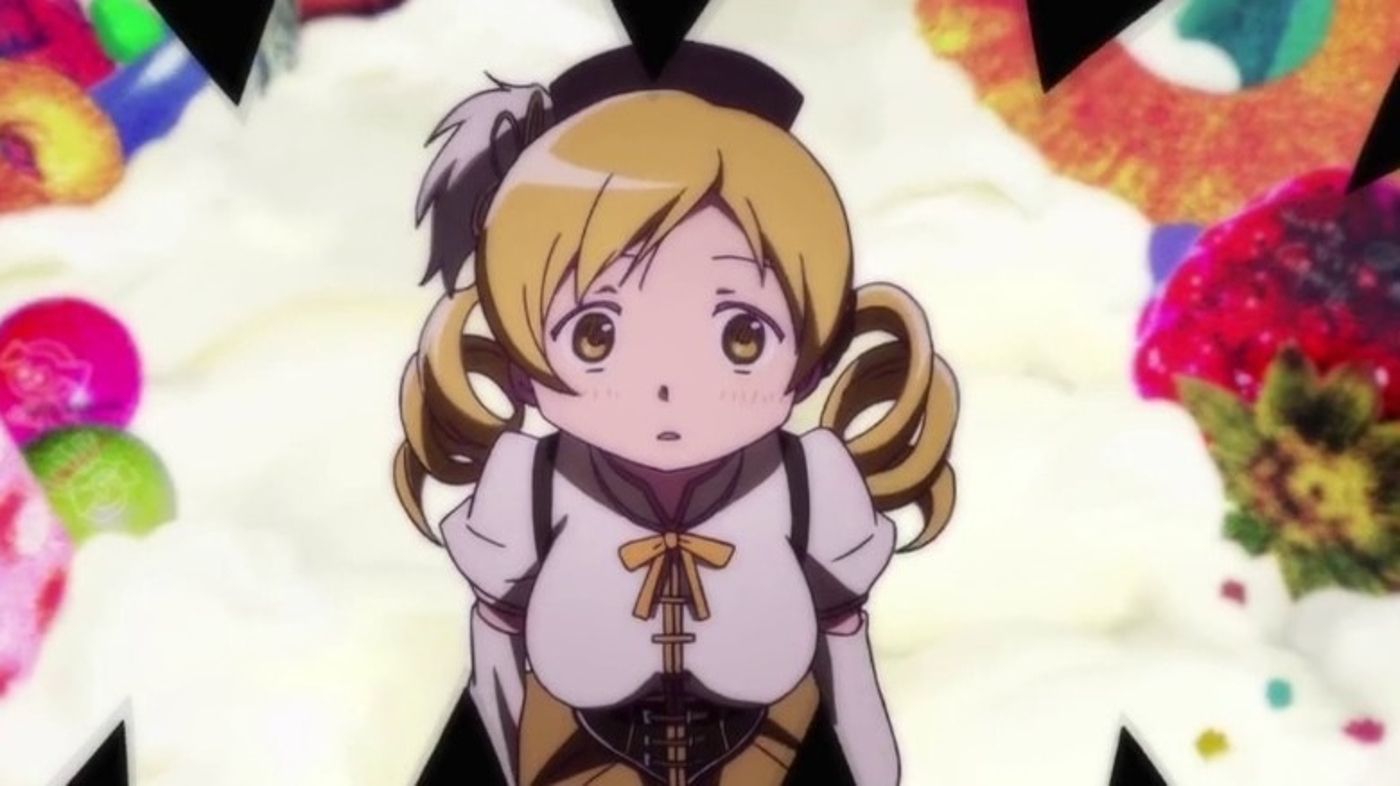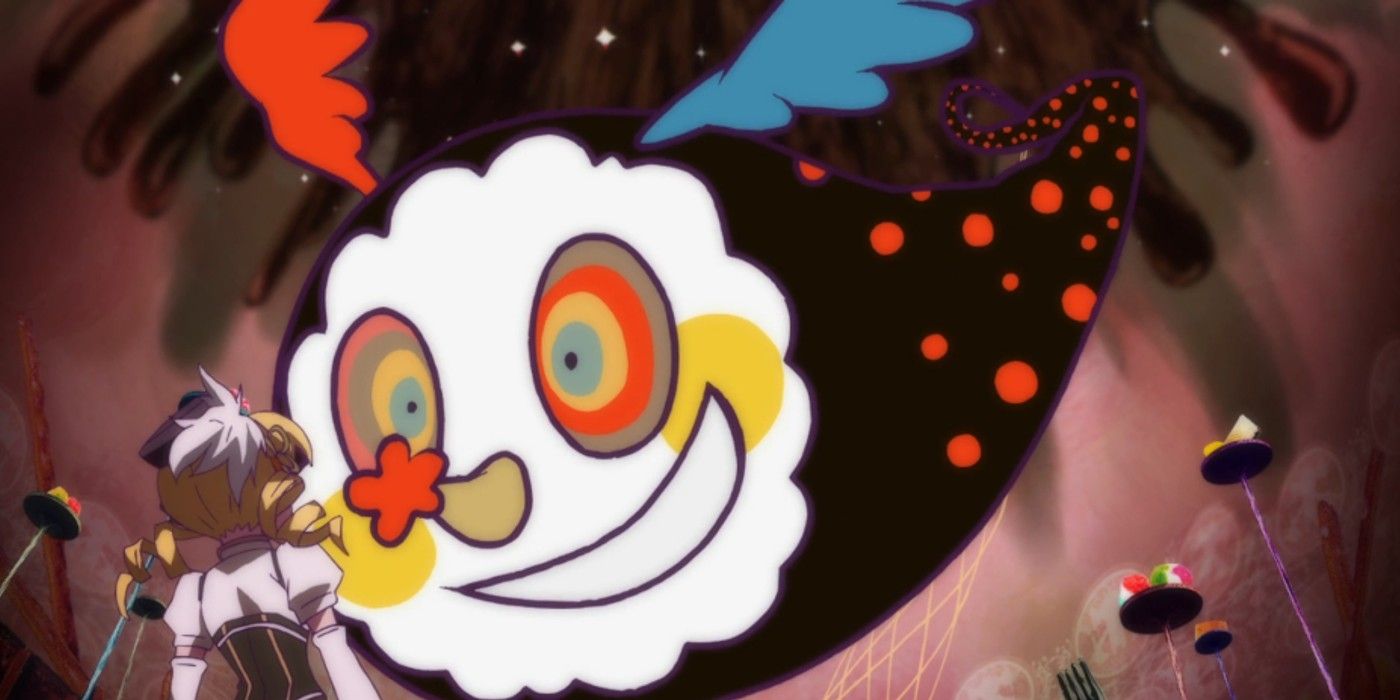
The Anime Three Episode Rule: Unveiling Its Enduring Significance and Impact!

Discover the enduring significance of the three-episode rule in the world of anime, allowing fans to fully immerse themselves in captivating shows they may have initially overlooked
Summary
The "three episode rule" is an important guideline for anime viewers to give a show a fair chance before deciding to drop it.
The purpose of this rule is to acknowledge that several anime series need time to develop their narrative and introduce their characters. Forming a judgment solely based on the initial episodes may result in overlooking the show's potential. While the three episode rule is not flawless and does not apply universally, it has assisted numerous viewers in uncovering underrated masterpieces.
With the increasing number of new anime released each year, it can be challenging to decide which ones to watch. However, the "three-episode rule" remains an important guideline in the anime community, despite being rooted in older times. Surprisingly, many new fans are not even aware of this rule, which is unfortunate considering its usefulness.
According to the three-episode rule, viewers should give an anime a fair chance by watching at least three episodes before deciding to drop it. This concept is not exclusive to anime, as similar advice is often given for various forms of storytelling. Many narratives require time to establish exposition and introduce characters before delving into their captivating aspects. In the context of anime, this rings particularly true, as these shows often employ extended story arcs. For instance, One Piece boasts over a thousand episodes and continues to create new content. Furthermore, the unique origins of the three-episode rule add to its distinct significance.
The Three Episode Rule Lets Fans Enjoy Shows They May Have Missed
Presented initially as a typical magical girl show, the first two episodes of Puella Magi Madoka Magica offer glimpses of the darker storyline ahead. Despite the overall enjoyable and lively tone, the third episode takes a shocking turn with the brutal fate of one of the magical girls. This revelation unravels the show as a somber deconstruction of the genre. Those who only watch the first two episodes may misjudge the show and potentially miss out on the true brilliance of Madoka Magica.
This sudden tonal shift in Madoka Magica's third episode established the practice of watching three episodes before deciding to continue or drop a show. This principle applies to other shows as well. In the case of the acclaimed series Vinland Saga, Thorfinn's character journey truly begins in the third and fourth episodes, marking the start of his relentless quest for revenge. Likewise, Chainsaw Man introduces many essential characters beyond its first episode. Fans who give up after the premiere would deprive themselves of the significant and compelling interactions between Denji, Aki, and Power, which serve as the heart of the series.
The three-episode rule is far from perfect. Some shows, like Steins;Gate, require more than three episodes to showcase their true brilliance. On the other hand, certain shows remain just as disappointing after three episodes as they were from the start. Given the limited time available for most anime nowadays and the abundance of new content, it is tempting to dismiss this rule as a relic of the past. However, if viewers take the time to adhere to the three-episode rule, they will discover a treasure trove of exceptional anime that they would have otherwise overlooked.








